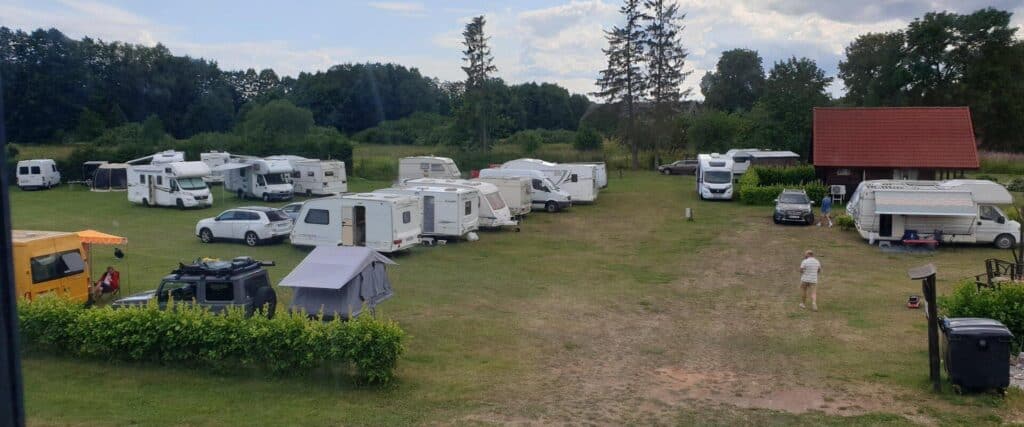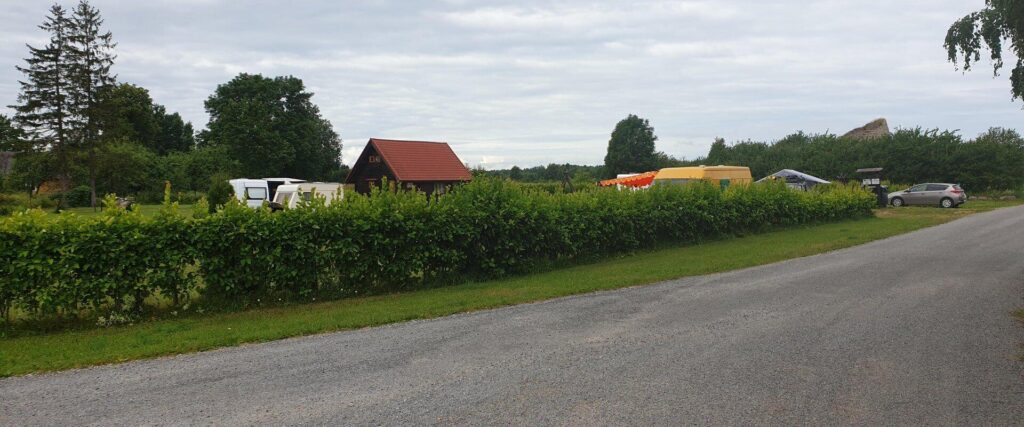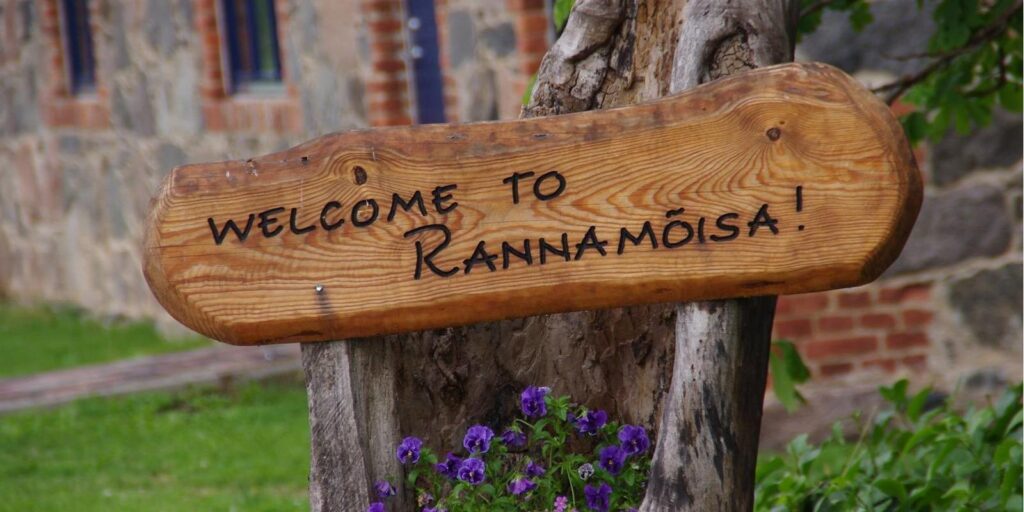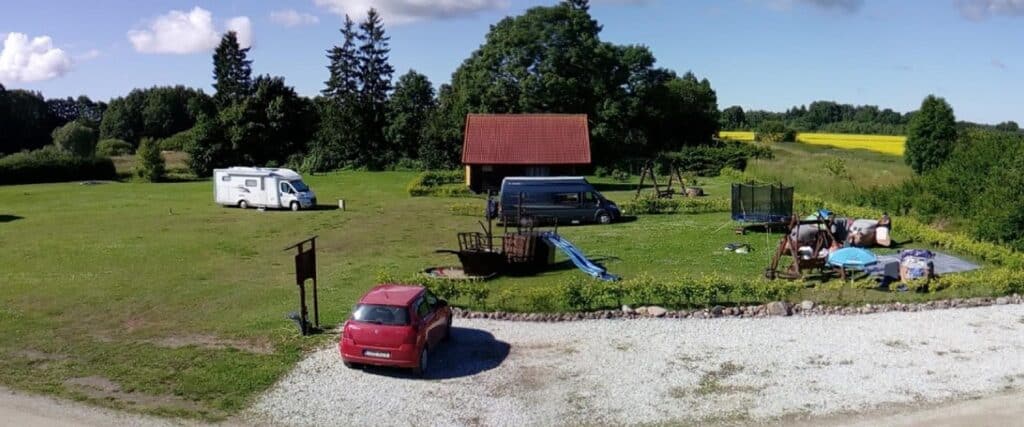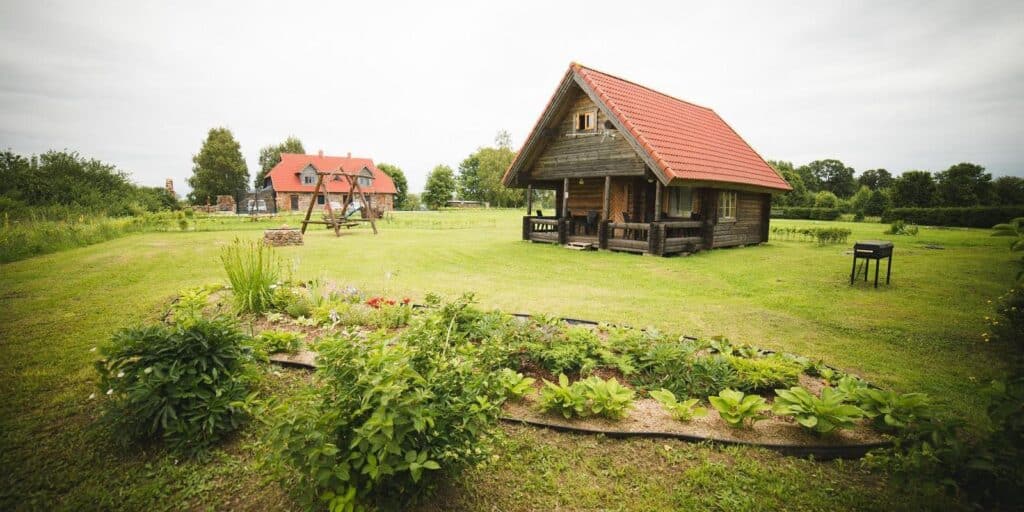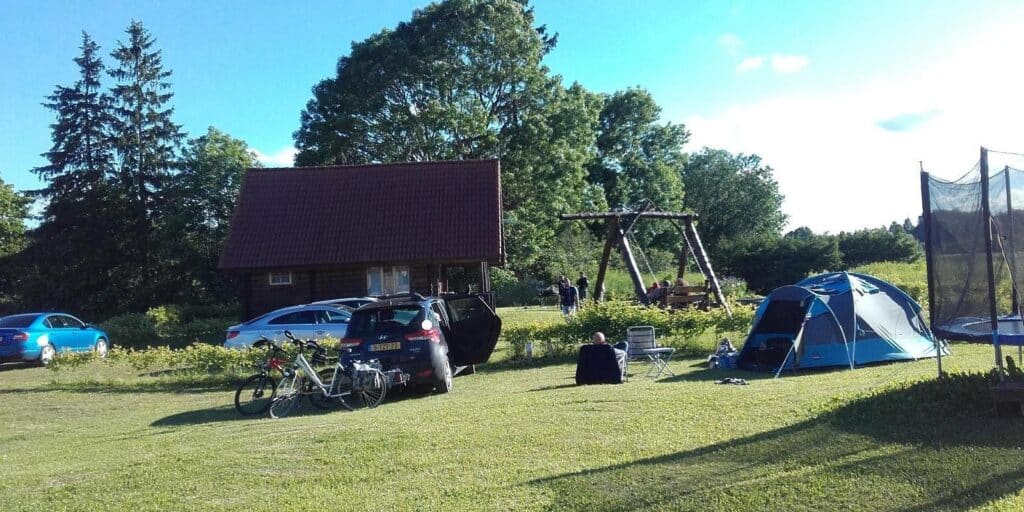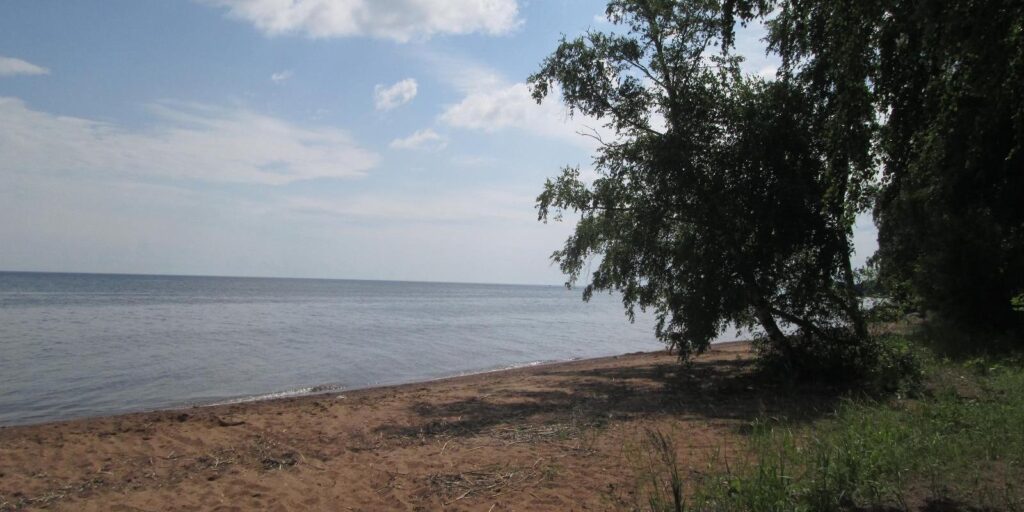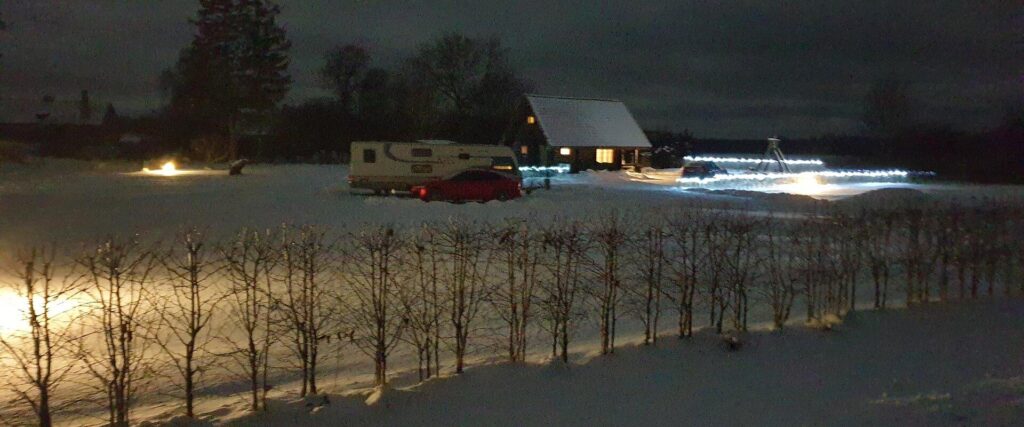
Caravan park of Rannamõisa Holiday Village
Bring your family or good friends to Rannamõisa Holiday Village, which is located near Lake Peipus and away from the city noise!
Come to the holiday village with a caravan or a tent. Our village is cosy and peaceful. The recreation area is lighted and equipped with plug sockets, shower, flush toilet and Wi-Fi. We have a trampoline and swings for children's delight as well as possibility to swim in Lake Peipus.
Take a break from routine to enjoy natural beauty. The time stands still!
Opening times and prices
01.05 - 30.09
Features and amenities
WiFi
Motor home/caravan parking
